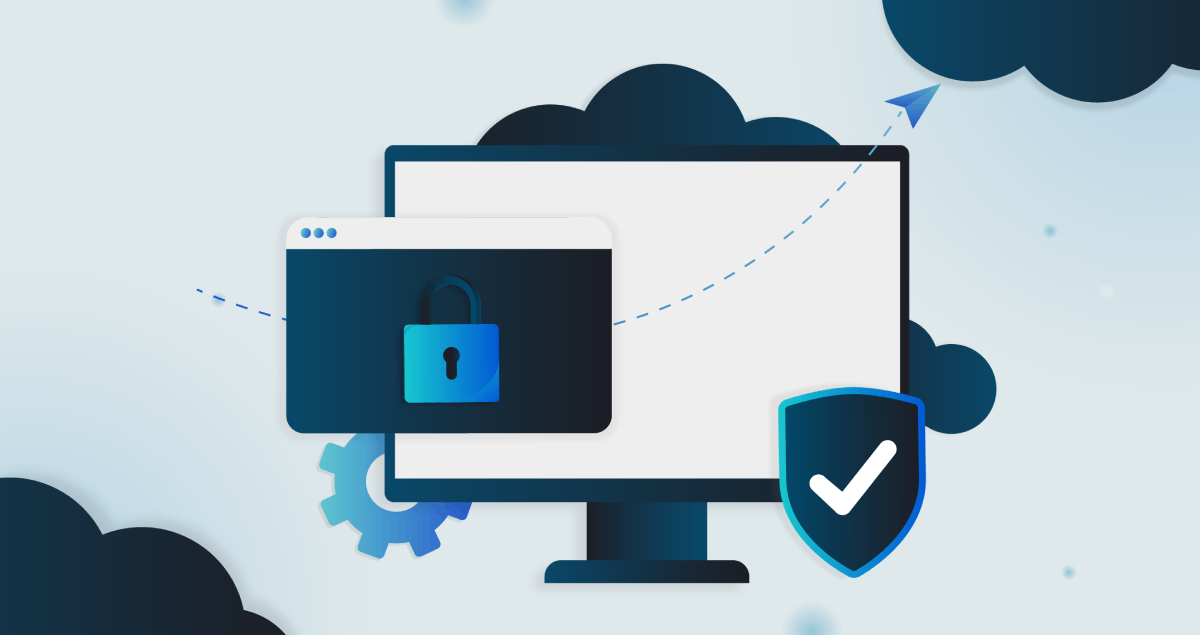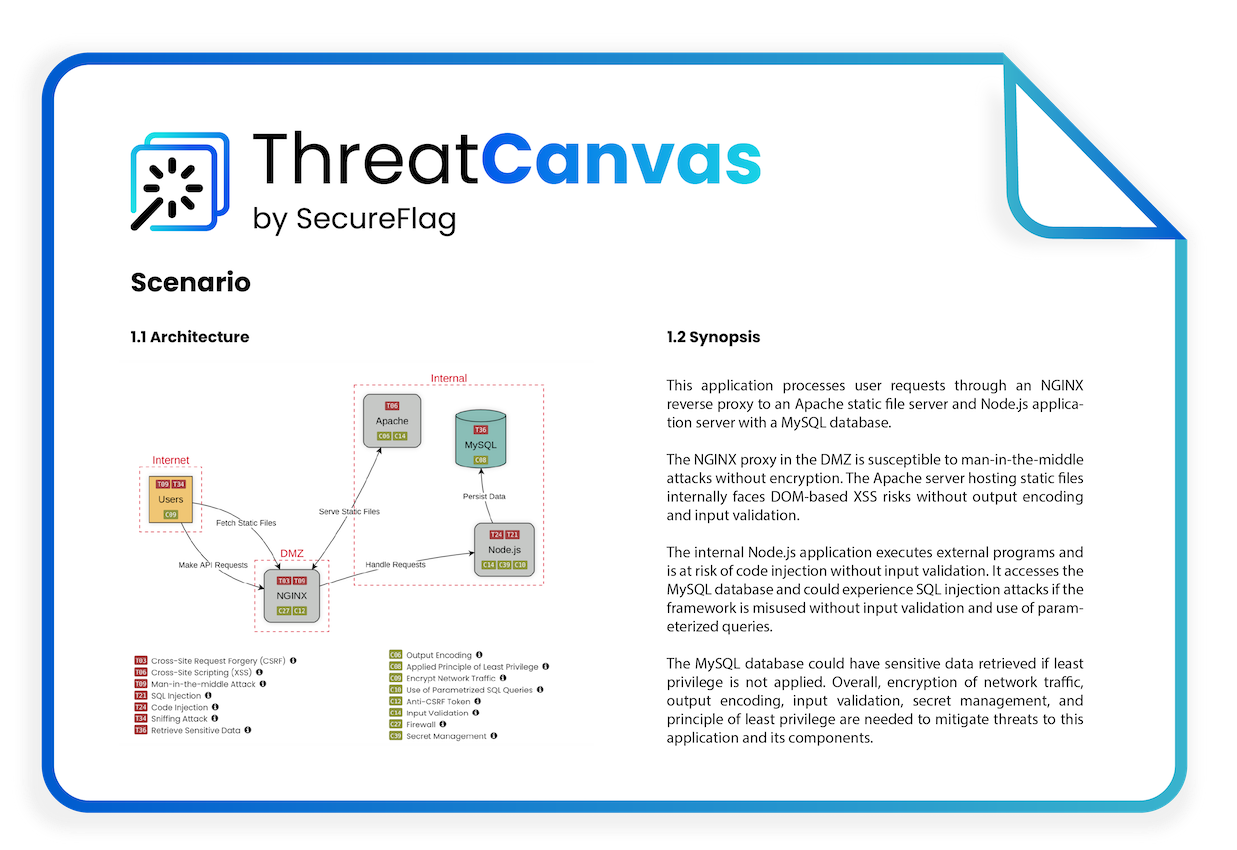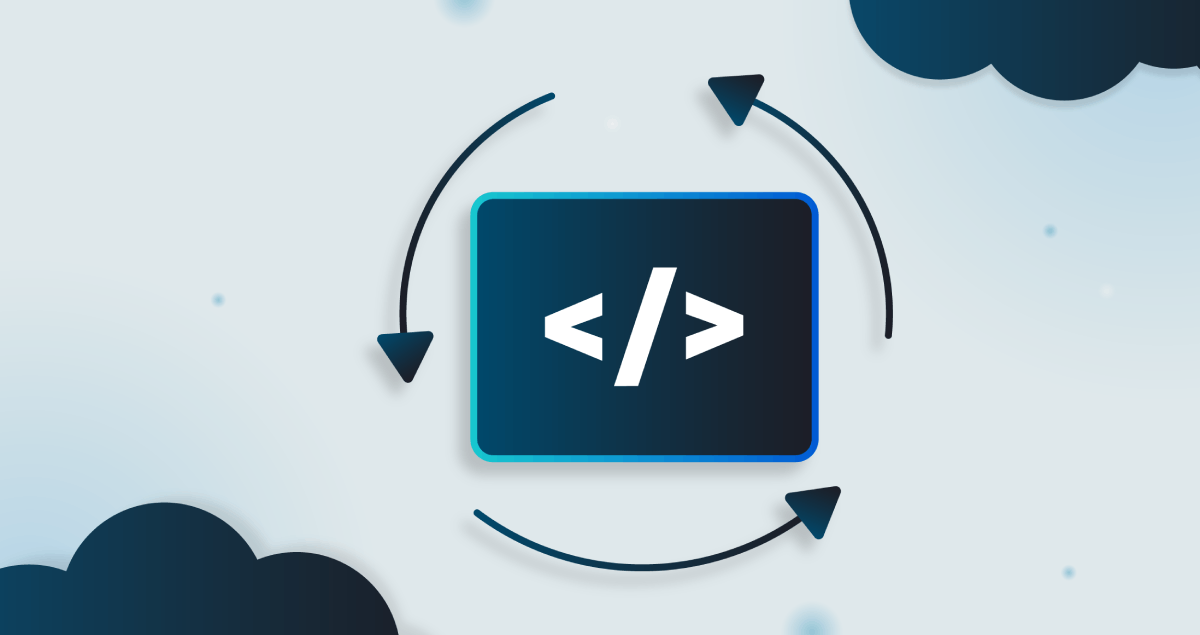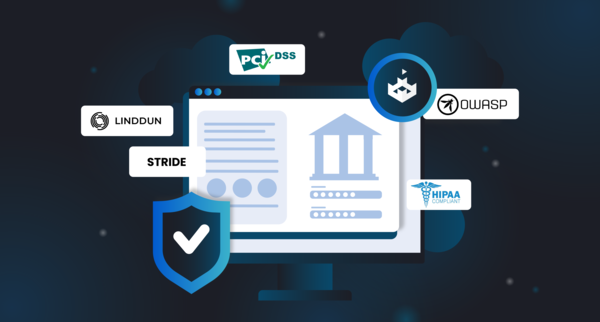So many businesses depend on software these days, such as web apps, APIs, and internal tools. If any of them have flaws that increase the risk of a successful cyber attack, the results could be detrimental. Last year alone, 768 newly reported security flaws were actively exploited by attackers, a 20% increase from the previous year.
That said, building an effective application security (AppSec) program is not always easy. Teams are busy working on complex tech stacks, with fast-paced release cycles and constant pressure to deliver features. Security is often not seen as a priority.
What does it take to create a robust, scalable AppSec program that works with development and doesn’t hinder it? Let’s check it out and see how SecureFlag can help.

Introduction to Application Security
Application security makes sure that applications are protected from cyber threats during development and once they’re running. The aim is to catch and fix vulnerabilities before they can be exploited. It covers a lot, including secure coding, security testing, vulnerability management, and more.
A strong application security program doesn’t just help avoid financial issues; it also keeps customer trust intact and helps meet regulatory requirements. By incorporating security into the software development lifecycle (SDLC) early on, teams can find and mitigate risks before they turn into bigger problems, ultimately resulting in fewer breaches.
Why Application Security Needs a Rethink
Traditional security methods aren’t enough anymore. Modern development teams are delivering code faster than ever by using containers, microservices, APIs, serverless functions, AI, and everything in between. While these innovations boost productivity, they also multiply the number of things that need to be secured.
Add to that a shortage of skilled AppSec professionals, and you’ve got a situation where many organizations are trying to scale security with limited resources. That’s why a successful AppSec program today needs to be practical, collaborative, and built for the way development really works.
Integrating security into the development cycle by strengthening relationships between security and development teams is important. Such collaboration makes sure that security becomes a natural part of the development process rather than something only thought about at the end.
Understanding Application Security Risks
Application security risks aren’t something to take lightly, as they can lead to serious data breaches, financial losses, and damage to a company’s reputation. Some of the most typical risks include SQL injection, cross-site scripting (XSS), and sensitive data exposure.
Organizations need to do more than just put up firewalls and monitoring tools. It starts earlier, with secure coding, strong security requirements, and good design practices. Incorporating security into applications from the start through threat modeling and secure coding standards makes a huge difference.
On top of that, regular security testing, like static application security testing (SAST) and dynamic application security testing (DAST), helps catch vulnerabilities. Combining proactive development practices with continuous testing helps organizations catch risks early and build software that’s a lot harder for attackers to break into.
Four Core Areas of an Effective Application Security Program
A strong application security program usually rests on four key pillars:
-
Governance: Setting direction, assigning ownership, and measuring progress.
-
Architecture and design: Building security in from the start.
-
Implementation and verification: Securing code and dependencies during build and test.
-
Operations: Protecting applications after deployment and into production.
Each pillar plays a role, and skipping one can leave gaps that attackers are all too happy to exploit. Let’s take a closer look at each.
1. Governance
Proper governance for AppSec includes having the right people, processes, and policies to guide decisions on security, such as:
-
Defining security roles and responsibilities across teams.
-
Aligning application security with business goals and risk tolerance.
-
Setting clear policies for secure development.
-
Establishing metrics (like time to remediate vulnerabilities) to track progress.
-
Applying security policies to evaluate application risk and identify outdated software.
It also helps to involve stakeholders early, like development leads, product managers, compliance teams, and even executives. When everyone is involved, security gets prioritized.
2. Architecture and Design
Security shouldn’t be something that’s only thought about after the application is built. The best way to prevent issues in the future is to design applications with security in mind from the beginning.
That starts with threat modeling and using automated tools like ThreatCanvas. Thinking through what could go wrong before the code is even written. It also means translating high-level compliance requirements into real-world security controls and technical requirements. For example, if data protection is a high priority, make sure encryption is built into the architecture from day one.
Organizations should also:
-
Define secure coding standards for all languages and platforms in use.
-
Use trusted third-party libraries and frameworks.
-
Monitor software supply chains for vulnerabilities and licensing risks.
-
Write secure code as part of the architecture and design phase to ensure high-quality and compliant applications.
The goal here is a “secure by design” approach, which means embedding security into every layer of the application stack.
3. Implementation and Verification
Once development is underway, keeping security in mind is important, and that includes scanning code, checking dependencies, and making sure applications pass security tests.
Traditional security tools can definitely help, but for today’s complex environments, dedicated cloud-native security solutions are key to spotting and fixing issues throughout the entire development process.
A few essential practices:
-
Static Application Security Testing (SAST): Analyzes code for vulnerabilities before it runs.
-
Dynamic Application Security Testing (DAST): Tests running apps for exploitable issues.
-
Interactive Application Security Testing (IAST): Monitors apps during functional testing.
-
Software Composition Analysis (SCA): Checks third-party code for known issues.
For API-heavy applications, API-specific testing is crucial too. Broken authentication, excessive data exposure, or injection flaws might not be caught by general-purpose solutions. Of course, if developers code securely from the start, there will be fewer vulnerabilities.
Security testing should be integrated directly into CI/CD pipelines to keep up with fast release cycles. If your scans slow down builds, developers won’t use them.
4. Operations
Security doesn’t stop when code goes live. In fact, that’s when attackers start paying close attention.
AppSec in production includes:
-
Infrastructure hardening: Patching systems, restricting access, and monitoring activity.
-
Runtime protection: Using web application firewalls (WAFs), bot mitigation, and API threat protection tools.
-
Cloud security posture management: Ensuring configurations are correct and secure across cloud environments.
-
Software supply chain protection: Securing build pipelines, code repositories, and deployment artifacts.
-
Securing production environments: Using security measures such as penetration testing before code is released.
Teams should use proper authentication, rate limiting, and access controls, plus keep an inventory of all APIs in use.
API Security
APIs have become a major target, accounting for over a third of all web attacks, with around 150 billion API-related attacks recorded between January 2023 and December 2024.
They are a major part of modern software, letting data flow and making applications function properly. But they’re also a big target for cyber threats due to unauthorized access, weak endpoints, and unsecured data transfer.
While businesses need strong security measures like API gateways, security tokens, and encryption, coding securely also helps lessen flaws. SecureFlag offers numerous practical training labs for API security, including hands-on experience with fixing issues like unencrypted endpoints, API key leaks, and unrestricted access.
Vulnerability Management
Vulnerability management refers to finding, prioritizing, and fixing vulnerabilities before they cause problems. Businesses need a vulnerability management plan that includes regular security tests, vulnerability scans, and patch updates.
Security and development teams should also do risk assessments to catch high-risk vulnerabilities and focus on fixing them first. ThreatCanvas offers Risk Templates that help teams identify risks more easily. They have pre-built frameworks based on industry standards, which makes it quicker to find and prioritize threats across different applications.
Security Logging and Monitoring
Another important part of an application security program that shouldn’t be forgotten about is security logging and monitoring. Organizations need to track and analyze all data that’s security-related to identify potential threats.
Also, implementing security logging and monitoring tools is a good idea, such as security information and event management (SIEM) systems, which collect and analyze data.
Aside from this, organizations should have routine security audits. Threats can then be caught quickly, reducing the impact of data breaches.
Laying the Groundwork
It’s worth spending time on the basics:
-
Take stock of your applications: What do you have? What’s critical? What data do they handle?
-
Assess your current security posture: Identify gaps and prioritize based on risk..
-
Start small: Choose a few key applications to pilot security improvements before scaling up.
-
Get buy-in from leadership: Use real-world breach examples and business impact to tell the story..
-
Use tools to help keep track of your applications: Application discovery and assessment tools can help catalog apps, find vulnerabilities, and check for compliance.
Application security is a continuous process of improvement. That’s why starting with a focused, achievable scope and expanding from there is the most practical way forward.
People Make the Difference
Even the best tools won’t help if people don’t know how to use them or why they matter. That’s where training and security culture come in.
Some effective ways to level up team capabilities (and which SecureFlag offers!):
-
Hands-on training: Realistic lab environments that mirror your actual tech stack.
-
Contextual learning: Security guidance that integrates directly into IDEs and workflows.
-
Gamification: Capture-the-flag events or challenges that keep developers engaged.
-
Security champions: Empowering individuals within dev teams and others to advocate for and guide AppSec best practices.
-
Quality assurance: Integrating quality assurance into training and security culture to make sure security is embedded throughout the development lifecycle.
And let’s not forget about metrics. Track things like defect density, mean time to remediate, and the number of security issues closed per sprint. But remember, metrics should inform, not punish. They work best when they drive positive change and learning.
Challenges to Avoid
When building an AppSec program, watch out for these mistakes:
-
Treating security as an afterthought: Late-stage fixes are more expensive and less effective.
-
Focusing only on compliance: Passing an audit doesn’t mean you’re secure.
-
Over-relying on tools: Automation helps, but human insight is still critical.
-
Ignoring developer experience: Security tools that interrupt workflows won’t get adopted.
-
Failing to address security concerns early in the development process: Collaborate with security teams to identify potential vulnerabilities and integrate security practices like threat modeling and application security training throughout the development lifecycle. Or, use a lightweight, developer-friendly threat modeling methodology, like RaD-TM, which doesn’t require security expertise.
The goal is to integrate security into the fabric of how applications are built, tested, and operated, not to make life harder for developers.
Create Safer Applications With SecureFlag
Building an application security program takes time, resources, and alignment across teams. SecureFlag can help with this! An effective application security program integrates security practices throughout the application lifecycle, but it’s really important to do so from the outset.
SecureFlag supports organizations in developing practical, effective AppSec programs by:
-
Offering interactive labs that teach secure coding practices in realistic environments.
-
Delivering role-specific training paths for developers, architects, QA, and security teams.
-
Enabling security champion initiatives with resources to mentor colleagues.
-
Supporting compliance alignment with frameworks like OWASP SAMM and others.
-
Integrating into developer workflows, so training happens where it matters most.
SecureFlag helps turn theory into practice, without disrupting the way teams work.


